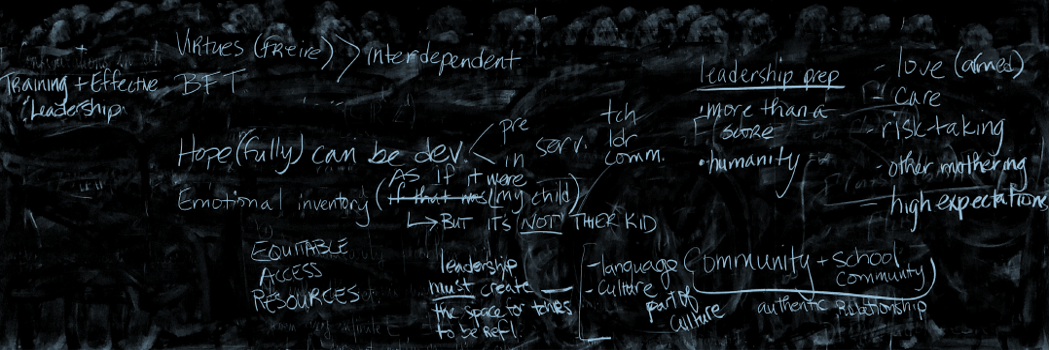The final assertion made by Lomotey(1993) about educating African-American students made me think of Dr. Gholdy Muhammad’s historically responsive equity framework for literacy instruction. They write:
“Although it is critically important that we improve the academic achievement of African-American students, it is equally important that we enable these students to fit into and serve a meaningful role in the African-American community and in the United States. Moreover, African-American students need to be made to feel good about themselves as individuals and African-Americans.” (Lomotey, 1993)
While this quote raises ongoing questions about the difference between “schooling and education” as well as what the function and purpose of education should be, especially for Black and Brown children, the idea of a combined focus on intellectual development, positive sense of self, and community engagement are all uplifted in Dr. Muhammad’s work. The historically responsive equity framework asserts that lessons for Black children should include opportunities for:
- Identity Development
- Skill Development
- Intellectual Development
- Criticality
In an interview discussing the framework, she goes on to discuss how these four areas align with the work of Dr. Gloria Ladson-Billings. She notes:
“These four learning standards connect with Gloria Ladson Billings’ definition of culturally relevant education as she pushed for academic success (skills and intellect), cultural competence (identity), and socio-political consciousness (criticality) in classrooms. The Historically Responsive Model or the four learning standards I discuss returns the excellence of black educative spaces and uses this history as a blueprint to improve classrooms today. There is not one child who does not need to advance identity development, skill development, intellectualism, or criticality. Collectively teaching and learning toward these four pursuits helps to teach the whole child to be successful for a full and quality life.” (Ferlazzo, 2020)
As we reflect on the role of school leadership in facilitating care-centered, historically-responsive and culturally-sustaining spaces, I wonder what preparation school leaders, especially those who experiences as students and teachers were not oriented in this way, need in order to lead the school and family community in these ways. What does it look like for an administrator to learn and unlearn alongside their teachers while also leading?



